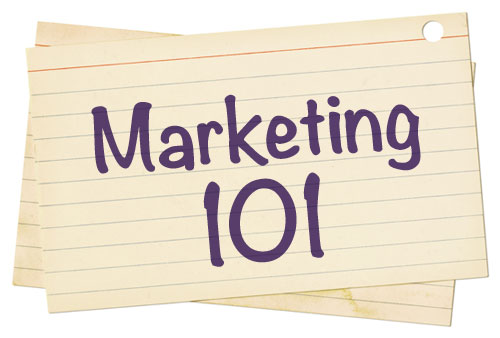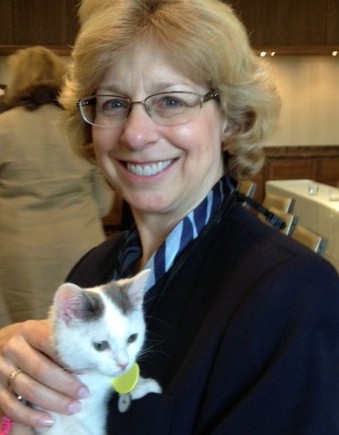As the face of your brand, employees are your organization’s key contributor to sustainable, competitive differentiation. Think of it this way: product and service innovation can be short-lived in a crowded and commoditized market, but the one thing technology cannot replace and competitors cannot copy is your employees’ relationship with customers.
Here are several great quotes on why employees are critical to an organization’s success.
“When employees are happy, they’re better ambassadors and advocates for the brand. They’re your first point of contact. When you’re at a cocktail party, and you’re talking to some, and they say, ‘I love my company,’ you can’t put a price on that.” Alison DaSilva
“Companies can ignore their internal audience – but that’s as short-sighted as ignoring the external one.” Bill McEwen
“If your organization values the individual, you will inspire the individual to value your organization.” Doug Conant
” … emphasis on people-related issues makes perfect sense in a still-uncertain economy. Building a culture that supports engagement, employee training, leadership development, and high performance is something companies can control, and can mean the difference between growing market share and simply surviving … ” Rebecca Ray
“The way your employees feel is the way your customers will feel. And if your employees don’t feel valued, neither will your customers.” Sybil Stershic
“Dispirited, unmotivated, unappreciated workers cannot compete in a highly competitive world.” – Francis Hesselbein
“Everyone wants to be part of something … everyone wants to feel that they are valued, that they made a difference. To the degree we can celebrate our people, that’s our greatest weapon, our greatest tool.” Bob Wood







